Search Results for:
Skip to resultsCan’t find what you’re looking for? Visit our FAQ page.
112,880+ results for:
-

-
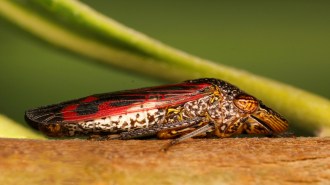 Agriculture
Agriculture50 years ago, scientists ID’d a threat to California wine country
Fifty years after scientists identified the cause of Pierce's disease, which damages vineyards, there still isn't a cure.
-
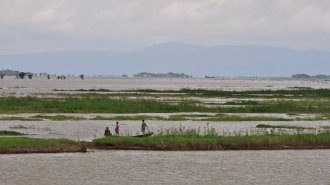 Earth
EarthAn ancient earthquake changed the course of the Ganges River
Flooding from a similar earthquake today could threaten about 170 million people in India and Bangladesh who live in low-lying regions nearby.
By Sid Perkins -
 Neuroscience
Neuroscience‘Do I Know You?’ explores face blindness and the science of the mind
In her memoir, journalist Sadie Dingfelder draws on her own experiences to highlight the astonishing diversity of people’s inner lives.
-
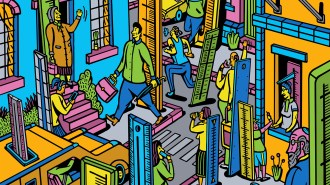 Humans
HumansDoes social status shape height?
A controversial idea drawing on findings from the animal kingdom suggests there’s more to human stature than genetics and nutrition.
By Sujata Gupta -
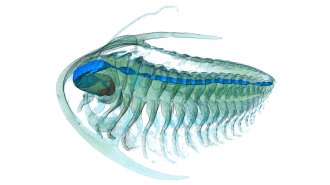 Paleontology
PaleontologyStunning trilobite fossils include soft tissues never seen before
Well-preserved fossils from Morocco help paleontologists understand the weird way trilobites ate and perhaps why these iconic animals went extinct.
-

Calling gun violence a public health crisis is a ‘first step’ to fight it
Three public health experts weigh in on the U.S. surgeon general’s ground-breaking call to label shootings a health problem.
By Meghan Rosen -
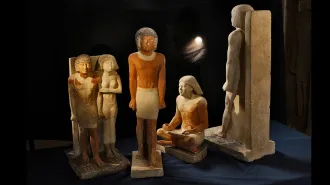 Archaeology
ArchaeologyAncient Egyptian scribes’ work left its mark on their skeletons
Years of hunching over, chewing pens and gripping brushes left the skeletons of Egyptian scribes with telltale marks of arthritis and other damage.
-
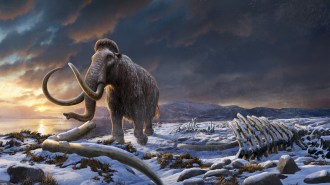 Paleontology
PaleontologyThe last woolly mammoths offer new clues to why the species went extinct
The last population of woolly mammoths did not go extinct 4,000 years ago from inbreeding, a new analysis shows.
By Claire Yuan -
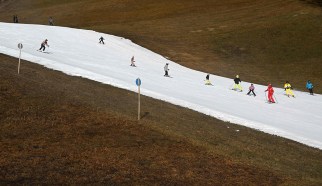 Climate
ClimateIn ‘Warming Up,’ the sports world’s newest opponent is climate change
In her debut book, Madeleine Orr presents an authoritative account of climate change’s impact on sports, and how the industry can fight back.
-
 Astronomy
AstronomyWe may finally know the source of mysterious high-energy neutrinos
Regions around supermassive black holes in active galaxies could produce a lot of these mysterious particles.
-
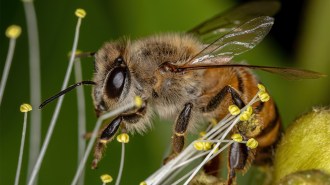 Health & Medicine
Health & MedicineHoneybees can “smell” lung cancer
Bees can detect the scent of lung cancer in lab-grown cells and synthetic breath. One day, bees may be used to screen people’s breath for cancer.
By Meghan Rosen